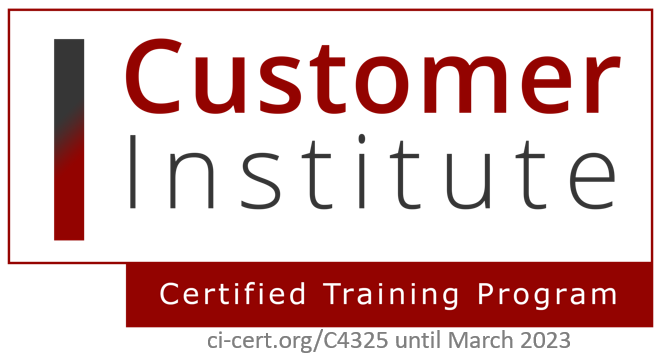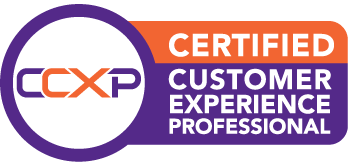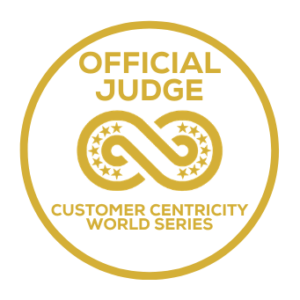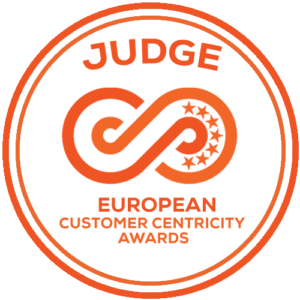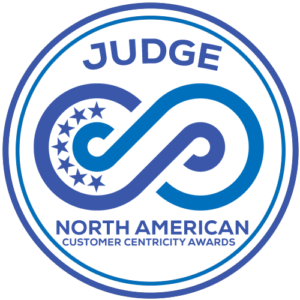- About our series Branded Customer Experience Management methodology by Sampson Lee
- Where I believe the model works well.
- a) For strong brands with known, memorable & recognized brand values
- b) In lack of alternatives or stiff competition
- Where I believe the model fails or misses out on opportunities.
- a) Quantification of consumption
- b) Possibility of alternatives
- c) The firm belief that company resources are limited.
- The bold statements of the methodology that I disagree with.
- a) “Customer-centricity is wrong“
- b) “Win a war, not a battle”
- c) “Focus company resources only on peak and end”.
- d) “Pain is good. We need more pain”
- Ultimately, it’s a matter of: which world would you rather live in?
About our series Branded Customer Experience Management methodology by Sampson Lee
This is part II of a two-post series about Branded Customer Experience Management methodology by Sampson Lee.
In the first part of this series, I discussed using eight key takeaways from the “Branded Customer Experience Management” methodology by Sampson Lee to design and deliver exceptional customer experience. These were:
- Core principles of Branded CEM: how we remember, choose, feel and compare. Differences between actual and remembered experience.
- Importance of branded (and memorable) experience versus de-branded or no-branded experience
- Replacing the Hunting Approach with the Farming approach.
- Customer Segments pyramid: VOC as VALUE of Customer
- Customers critical needs versus brand values
- Touch-point experience mapping
- Emotional curve
- Limited resources
My conclusion was that probably because I have a different view on the last point (#8 Limited resources), I ultimately only take in a part of the methodology, rather than all of it. While in the first post I summarised my key learnings from an objective point of view, in this post, I express my personal take on the methodology.
Where I believe the model works well.
a) For strong brands with known, memorable & recognized brand values
This is the case of brands like Ikea, Ryanair, Louis Vuitton, Starbucks, Southwest (which were some of the brands referenced in the examples mentioned during the training, in some cases stretching the brand promise to fit the model’s interpretation of reality). Customers of these brands know exactly what to expect (because of strong brand promise) and they are willing to accept, forgive and/or forget pain points either because the pleasure more than compensates pain or because the customers who feel the pain are the ones who are not the company target – like in the Louis Vuitton case, where a different shopper treatment is given based on the appearance and status of the shopper – and they know well that they are not.
b) In lack of alternatives or stiff competition
For example, in the case of Ikea, customers will endure the painful moments for as long as no other shop will offer something similar or better
Where I believe the model fails or misses out on opportunities.
a) Quantification of consumption
When the experience is painful, even if it is on no branded areas, customers will limit their spending at a minimum (i.e. going to Ikea only once a year instead of once every quarter or monthly; only one yearly Transavia flight instead of three or more; etc.) In this way, companies that allow pain leave out significant potential revenue, sometimes missing out towards competitors, sometimes just allowing this additional cash to stagnate into the customer’s pocket, ultimately contributing partly to the economic stagnation that we have seen in the past decade. I firmly believe that as customers’ expectations raise without companies being able to keep up the pace, and as many of our purchases are driven by desires rather than actual needs, when customers don’t think the experience will be gratifying enough to be worth their money, they will just do without it, if they can, rather than tolerating a disappointing experience against the money they spent. Customers simply choose to limit spending because “it ain’t worth!!”
b) Possibility of alternatives
Digitalization & Mobile, Social & Sharing Economy, Remote-working, Subscription economy, and others are only some of the key elements shaping and entirely changing the market landscape every day. It’s tough for companies to predict and keep up with all the possible areas from where a disruptive replacement may come from.
When I get a bad experience from Dekamarkt (a Dutch food retail chain), my alternatives are no longer only the close-by Supercoop (another chain) or the bit-further-away Albert Heijn. My preferred alternative is HelloFresh, the new subscription business that now delivers every Sunday evening the ingredients and recipes needed to cook for the following week. It meets my needs, it is easy, it is enjoyable, and it even fulfils my need of deciding which recipe to cook without having to search and choose one. The local retail chain stops at the first: meets needs.
If NS (Dutch rail system) isn’t living up to my expectations, my alternative isn’t only bike or car, but also car sharing or home teleworking. And we all know the examples of Uber and Airbnb: by the time that regular taxi or hotel chains started to see them as competitors, their disruptive effect was already at a point of no return. In today’s market, customers DO HAVE ALTERNATIVES, and, more often than not, plenty of them, so many and so quickly we are all struggling to keep up to speed! And in the few cases, where these alternatives are not there yet, entry barriers are so low it will not take long before new competitors arrive in the marketplace.
c) The firm belief that company resources are limited.
As mentioned at the end of the first post on Branded CEM, I strongly believe that, while companies resources are inevitably limited, they can be spent in a meaningful, efficient and effective way, ultimately exponentially increasing happiness & engagement of customers and employees, and therefore repeated business and flourishing growth. By creating this virtuous circle, resources regenerate quicker and easier, ultimately self-refilling themselves. Think for example of:
- The additional revenue generated by happier customers with lower churn rate and higher advocacy rate
- The net cost saving that can be made in the sales area by paying fewer sales commission (by making more sales via web channel and advocacy)
- The different allocation of advertising budgets towards creating and delivering a magical experience to customers which then becomes a viral hit: I’m thinking of the many such experiences delivered by WestJet over and over again
- Happier engaged employees mean less sickness & lower turnover while more satisfied customers, means fewer complaints & lower churn, and ultimately lower costs & more resources to invest in delivering WOW experiences
The bold statements of the methodology that I disagree with.
Finally, the methodology also includes some key bold statements (and related practice) which I do not agree with (and which I like to believe may just be a marketing trick from Lee to stimulate our thinking).
a) “Customer-centricity is wrong“
I don’t know of any (successful) customer-centric leader that has ever said “let’s do everything customers want” regardless of brand values, target customers, and costs/effort implications. Brand values, target customers personas & journey mapping are the basis of every customer-centric management or change project. I do believe that a “customer-centric-only” model is somewhat broken and, while I haven’t got all the numbers behind it yet, I’m definitely in favor of a wider “life-centric and value-driven model” that puts customers, employees, value created and, ultimately, life, into the equation asking: “does this add value? Does this contribute to life? Does this contribute to a better, simpler, more peaceful, healthier, happier life?”
b) “Win a war, not a battle”
While in principle I agree with this, in practice I wonder “why do we need to make it a war? “. I have this vision, call it a dream. It goes back to hundreds, thousands of years ago. When mankind understood that living in a community – everyone specialising on what he could do best while enjoying doing it and then sharing or exchanging the product of his work with one another – could be a much more beneficial, meaningful and powerful way to live. Through cooperation and dialogue, rather than through wars.
c) “Focus company resources only on peak and end”.
In the first key element of the methodology, we explained that because there are so many experiences that we live at any given moment, our brain can simply not remember everything. Our brain instead can only remember 2-3 moments of each experience and usually it will be the peak pain and the peak pleasure. According to Sampson Lee, if a given company focuses on too many moments, it’s wasting its limited resources because the customer cannot remember all these moments anyhow. For this reason, his unconventional approach suggests that we focus company resources only on peak and end. While I agree that we cannot remember everything and not even many moments, I truly believe that we always remember, even if just unconsciously, how someone or something made us “feel”. This is why we should consider needs and emotions in every step of the customer journey and of his personal experience in the life moment he is in.
d) “Pain is good. We need more pain”
Even factoring in the “anchoring model”, this is where I most distance myself from Lee’s approach. His starting point is company’s limited resources and that the psychological background is how we file and remember experiences; I can also accept to “Allow pain” (a very small one if non-critical to the customer and necessary to allocate resources to what matters to the customer), but I just cannot buy into the “creating more pain” method. Pain will most likely happen anyhow at some point in the experience, because no matter how much we design, plan and execute, hick-ups will always occur. There is already enough pain & struggle in our lives (I’m thinking accidents, cancer or death, all moments when we are quite likely to have to interact with companies like insurances, aeroplane companies, services) without needing to have “extra pain by design”.
Ultimately, it’s a matter of: which world would you rather live in?
I rather spend my time and energy working towards a world in which companies (which are just a bigger and organized structure supporting work specialisation & output exchange) don’t purposely create pain, and in which instead, even when life throws a pain into someone’s life (whether the customer or the employee), companies ensure that their processes and support mechanisms are smooth enough not to add any further struggle into that customer life.
This touches the very center, the very heart of why I do the work I do. I ultimately want to play my part (in the small corner where I have passion, knowledge and experience in) to make the word a better place, empowering companies to deliver product and services that enable customers to have a more meaningful and less stressful life, to design customer experiences which enrich people’s live rather than creating frustration and be source of emotional pain, to build business models that see “companies, employees and customers” like social entities with a common shared goal: contribute to a better, simpler, more peaceful, healthier, happier life for everyone on Earth. We are all on the same journey. Why not make this journey as extraordinary as we can for each other?
What about you? In which world would you rather live in?
If you, like me, want to live in a “life-centric” world and work towards building one using “life-centric and value-driven model” that puts customers, employees, value created into the business equation (rather than focusing only on profit as the ultimate goal), and you need support with inspiring and activating this way of thinking and acting in your organization, with empowering further your business engine through better customer service and better NPS/VOC programs, get in touch with me. I would love to help you!
Want first to find out more about:
- my take on Customer Experience and my own methodology? Download a free copy of my e-book “Your CEXP and NPS Toolkit: Why, What & How”
- my Happiness Driven Growth vision and framework? Download a free copy of my e-book “Why, What and How of Happiness Driven Growth“

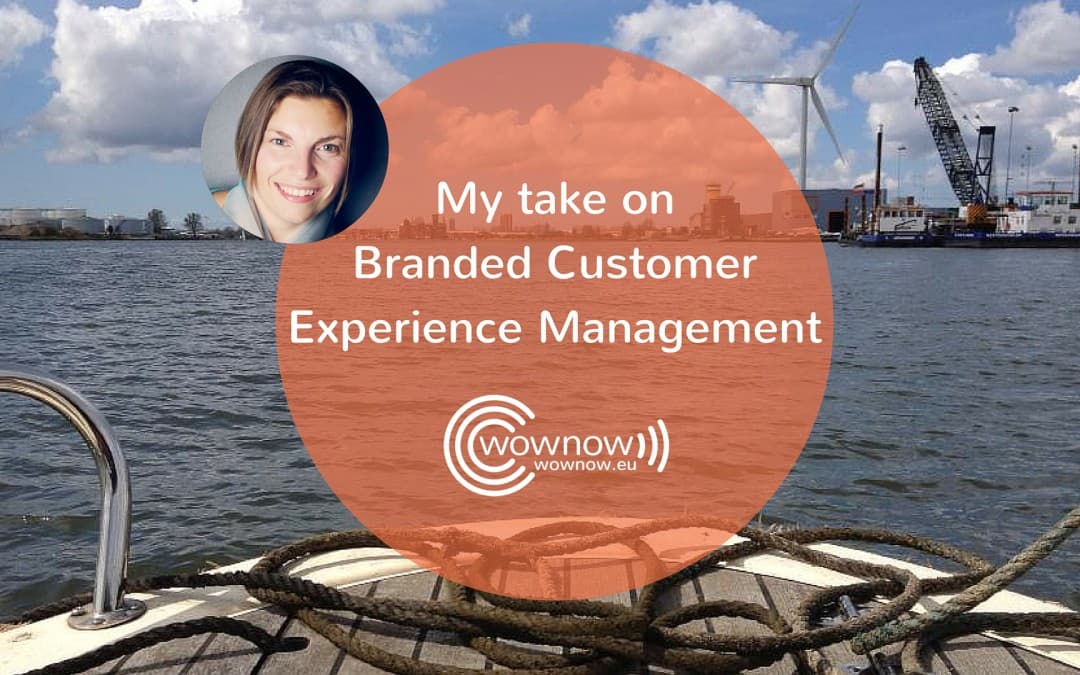

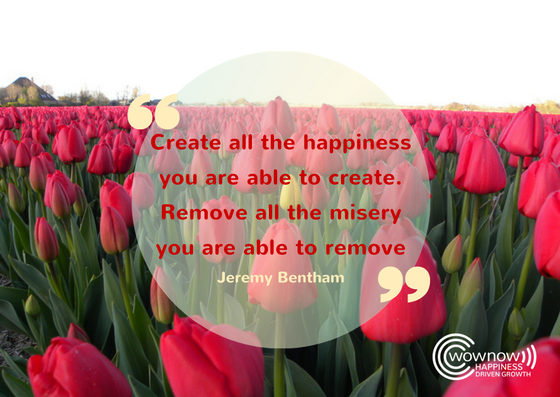

 A (little Italian) sunshine of energy, enthusiasm, and passion, with a mission to bring more happiness in the world one interaction at the time, the business world being my chosen playground!
I inspire and empower conscious leaders to nurture their happiness (moving from depleting to enriching emotions) and to move from depleting to enriching experiences, choosing, designing, and delivering WOW life-enriching interactions that contribute to everyone’s HAPPINESS, so they can achieve business and personal prosperity, making happiness their competitive advantage
A (little Italian) sunshine of energy, enthusiasm, and passion, with a mission to bring more happiness in the world one interaction at the time, the business world being my chosen playground!
I inspire and empower conscious leaders to nurture their happiness (moving from depleting to enriching emotions) and to move from depleting to enriching experiences, choosing, designing, and delivering WOW life-enriching interactions that contribute to everyone’s HAPPINESS, so they can achieve business and personal prosperity, making happiness their competitive advantage 